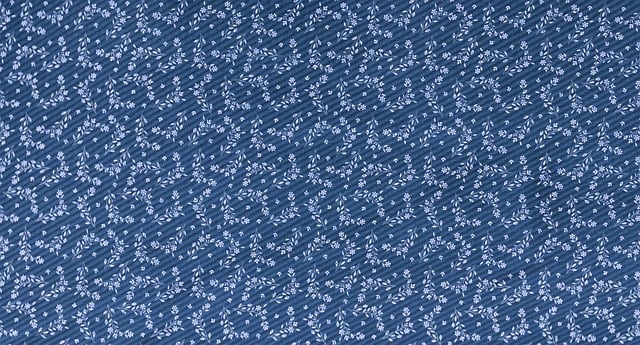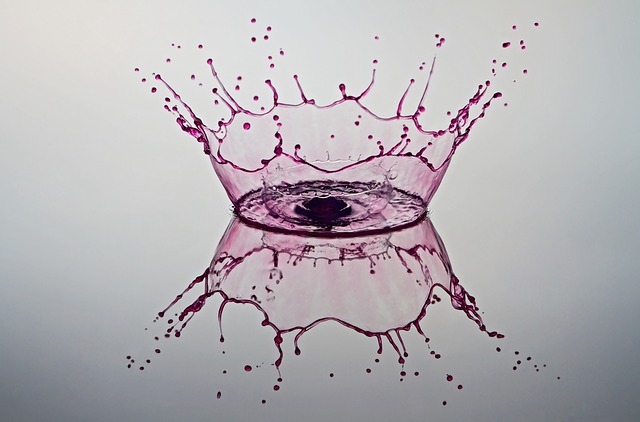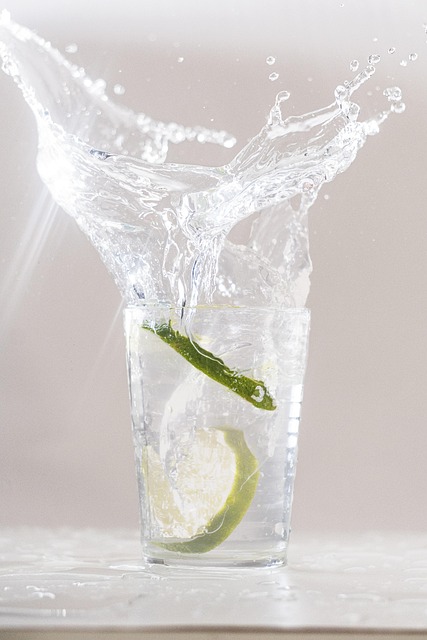Solutions is vital for chemist since they are utilised in numerous physical, biological, and industrial processes. On classification of solutions, we can get a better understanding of their properties and behaviour. The following are the solutions can be distinguished based on several criteria:

Types of Solutions :On the Basis of the Physical State of Solvent and Solute
Solutions are separated into solid, liquid, and gaseous forms according to the physical conditions of their component parts:
Solid in Solid: Alloys like brass (zinc in copper) are examples of solid-solid solutions.

Solid in Liquid: One example of a solid solute dissolving in a liquid solvent is saltwater, which is sodium chloride in water.
Solid in Gas: One rare occurrence is iodine vapours dispersed throughout the atmosphere.
Gold contains mercury, a liquid-solid combination used in amalgams.
Liquid in Liquid: One essential property of alcohol in water, a liquid-liquid mix, is miscibility.
Liquid in Gas: When water droplets in the air mix, mist and other liquid-gas mixes are produced.
Gas in Solid: Hydrogen gas absorbed by palladium is a well-known gas-solid solution.
Gas in Liquid: To make carbonated beverages like soda, carbon dioxide is dissolved in water.
Gas in Gas: A conventional gas-gas solution is created when oxygen dissolves in nitrogen.

On the Basis of the Amount of Solute
The concentration of the solute determines the classification of a solution: A diluted solution is one that has a little amount of solute in relation to the solvent.
Concentrated Solution: Its contains a great amount of solute.
Saturated Solution: At a given temperature, a solvent is considered saturated when it has dissolved the maximum amount of solute.
An unsaturated solution is one that has the potential to dissolve more solute at the same temperature.
Supersaturated Solution: A solution that holds more solute than it would normally dissolve at a specific temperature is produced by progressively chilling a saturated solution.
On the Basis of Solubility
Solutions are categorized based on the solute’s ability to dissolve in the solvent:
Ideal Solutions: These exactly follow Raoult’s law and do not change in volume or enthalpy after mixing.
For example, benzoene and toluene.
• Non-Ideal Solutions: These solutions depart from Raoult’s law due to interactions between the solute and solvent particles. Acetone and ethanol, for example.
Solutes that ionise in the solvent, such as NaCl in water, are present in electrolyte solutions.
Non-Electrolyte Solutions: Solutes that do not ionise, such as sugar in water, remain molecules in the solution.
On the Basis of Solvent
Aqueous Solution: Water, including salty, serves as the solvent.
Non-Aqueous Solution: Any solvent that isn’t water, like ethanol or benzene, is used.
Colloidal and True Solutions
True Solution: Because particles are molecularly scattered, they are invisible under a microscope.
Whereas the particles in a colloidal solution are larger than those in a true solution, they are smaller than those in suspensions. The Tyndall effect is observed in these types of solutions

Importance in Daily Life and Industry
In biological systems, such as blood and cytoplasm, solutions play a vital role.
The properties of solutions are essential to industrial processes like metallurgy and medicines.
In environmental sciences, solutions are employed to clean water and reduce pollution.
Note: –
These types and their behaviour provides a solid foundation for applying chemical concepts in practical settings. This classification facilitates the resolution of problems related to solubility, concentration, and behaviour in numerous chemical systems.
A solution is a homogeneous mixture of two or more substances where the solute is uniformly distributed throughout the solvent. The two main components of a solution are:
• Solute: The substance that is found in smaller quantities.
The more common substance is called a solvent.
Solutions can be classified into nine types based on the physical state of the solute and solvent:
Solid in Solid (e.g., alloys like brass)
Solid in Liquid (e.g., saltwater)
Solid in Gas (e.g., iodine vapor in air)
Liquid in Solid (e.g., mercury in gold)
Liquid in Liquid (e.g., alcohol in water)
Liquid in Gas (e.g., mist)
Gas in Solid (e.g., hydrogen in palladium)
Gas in Liquid (e.g., carbonated water)
Gas in Gas (e.g., air)
Solutions can be categorised as:
Dilute Solution: Contains a small amount of solute compared to the solvent.
Concentrated Solution: Contains a large amount of solute.
Saturated Solution: The solvent has dissolved the maximum possible solute at a given temperature.
Unsaturated Solution: The solution can dissolve more solute at the same temperature.
Supersaturated Solution: Contains more solute than normally possible, achieved by cooling a saturated solution.
Ideal Solution: Follows Raoult’s law perfectly, with no change in volume or enthalpy during mixing. Example: Benzene and toluene.
Non-Ideal Solution: Deviates from Raoult’s law due to differences in intermolecular forces. Example: Acetone and ethanol.
Aqueous Solution: Water is the solvent (e.g., saltwater).
Non-Aqueous Solution: The solvent is not water, such as ethanol, benzene, or acetone (e.g., iodine in alcohol).